The 1990s were an incredibly diverse decade, musically speaking, with a vast assortment of genres that ranged from grunge, á la Nirvana, R&B, á la Mariah Carey, and a rising rap and hip-hop scene that featured major acts like Dr. Dre, Lauryn Hill, Salt-N-Pepa, and Outkast. Other notable 90s staples were pop groups like The Spice Girls and The Backstreet Boys.
Videos by American Songwriter
While some of these subgenres stuck around well into the 21st century, others seemed to be left behind after Y2K. Here are five genres that seemingly dominated the charts in the 1990s before disappearing without a trace.
Trip-Hop
For this writer, few genres (outside of the obvious picks, like grunge) define the 1990s quite like trip-hop. With roots in hip-hop, electronica, and alternative, this subgenre often featured atmospheric arrangements and soft female vocalists. Notable acts who excelled in the trip-hop scene were Portishead, with popular songs like “Glory Box” and “Wandering Star”, and Massive Attack, whose most popular tracks included “Teardrop” and “Angel”.
Britpop
Of all the genres to come out of the 1990s, Britpop was certainly one of the most divisive. The highly publicized feud between Britpop forerunners Oasis and Blur made this genre as tabloid-ready as it was commercially successful on the charts. Eventually, the music scene leveled out, and the trend of new bands from the U.K. topping the charts became less extraordinary. Thus, Britpop faded into nostalgia.
G-Funk
You’ll recognize G-funk when you hear it by its distinct portamento saw wave synth, heavy bass, and female backup vocalists. Short for gangsta funk, this West Coast-centric subgenre of gangsta rap incorporated more melodic flows, synthesizers, and 1970s sampling than its straighter, less funky counterparts. Dr. Dre pioneered the G-funk sound with albums like The Chronic, Snoop Dogg’s Doggystyle, and 2Pac’s All Eyez on Me.
Industrial Rock
Jam bands and grunge artists flooded the mainstream in the 1990s, but further underground, genres like industrial rock found their footing with acts like Marilyn Manson, Nine Inch Nails, and Rammstein. This mechanical, experimental subgenre of rock ‘n’ roll combined the futurism of Y2K and the general grunge attitude of the 1990s into something that sounded sinister, hypnotic, and a little creepy.
Christian Alt-Rock
Closing out our list of genres that dominated the 1990s only to disappear without a trace is Christian alternative rock. Although this genre certainly still exists on your local religious radio station, the 1990s saw Christian alt-rock make a unique entry into the 1990s mainstream with acts like DC Talk, Skillet, and Switchfoot.
For a brief moment, this faith-based rock ‘n’ roll was holding its own with its secular counterpart. Christian alt-rock slowly decreased in popularity after the 1990s and in the 2000s. These days, unless you’re seeking sacred music out specifically, Christian alt-rock sounds more than a little dated.
Photo by Al Pereira/Getty Images/Michael Ochs Archives

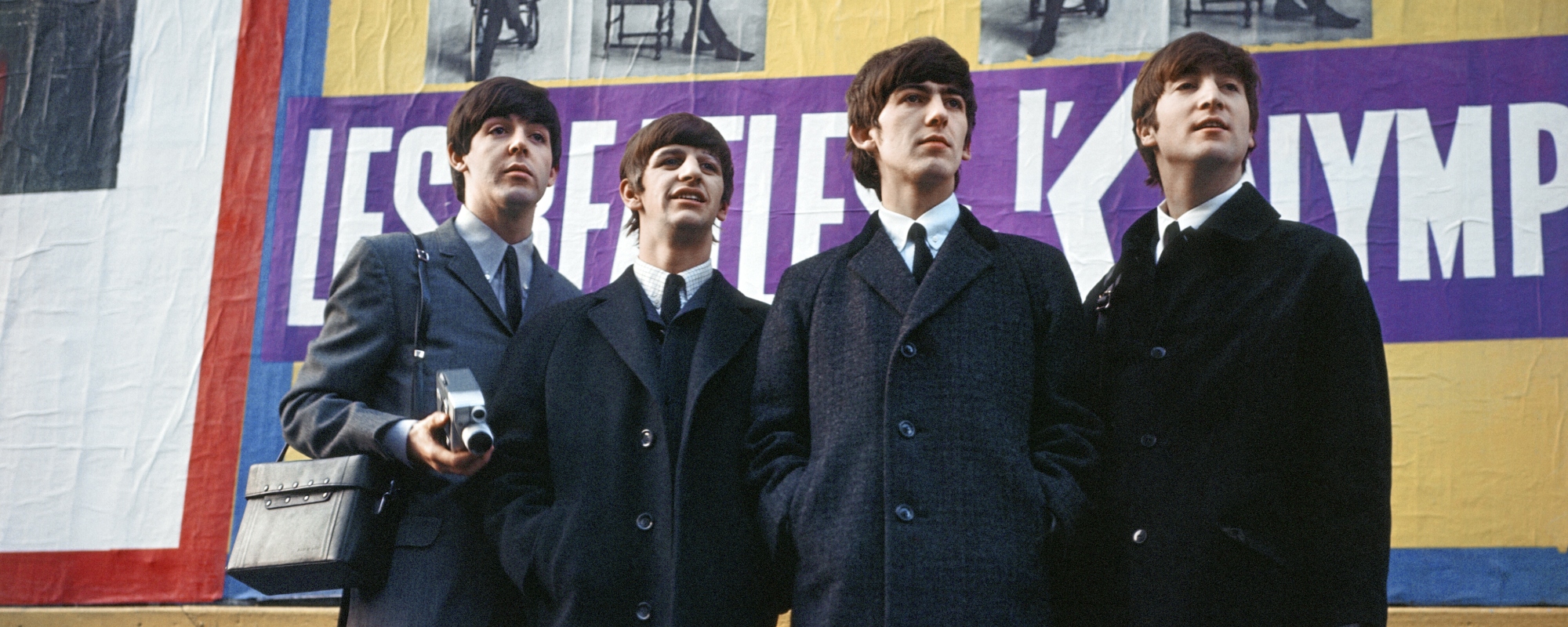
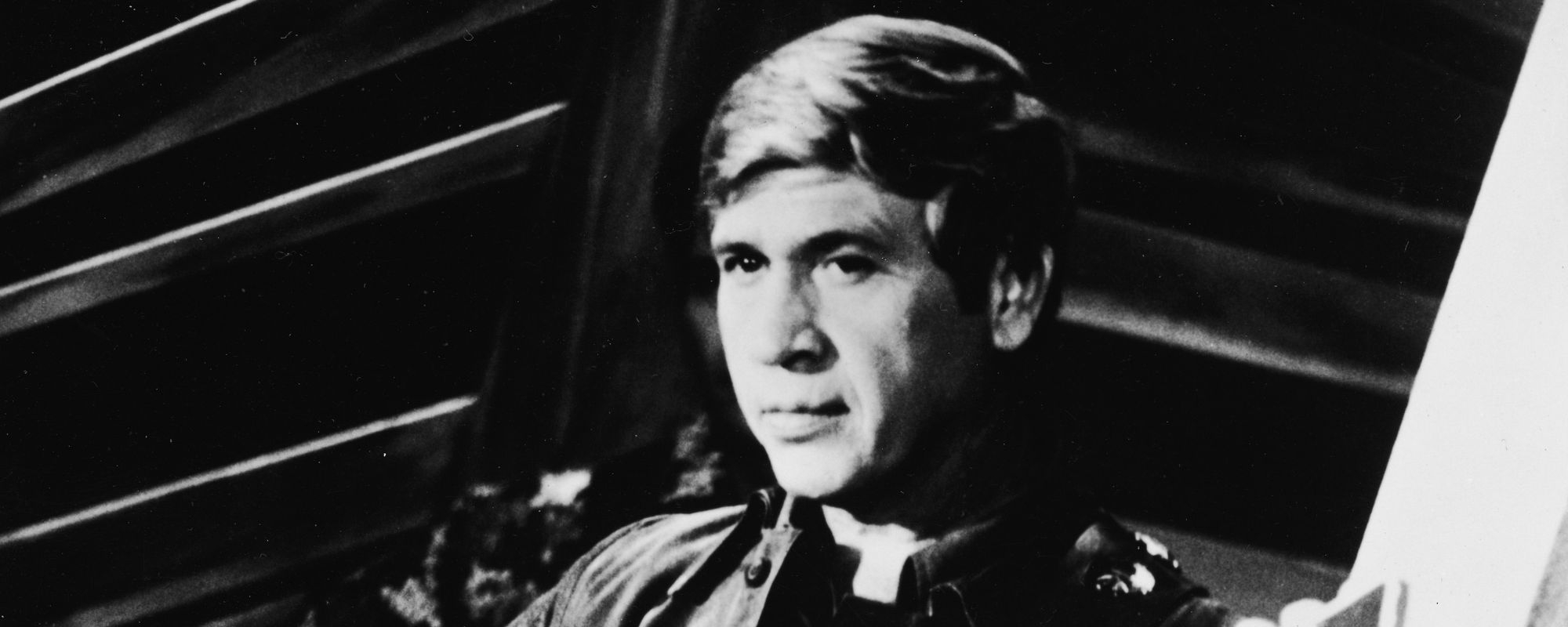
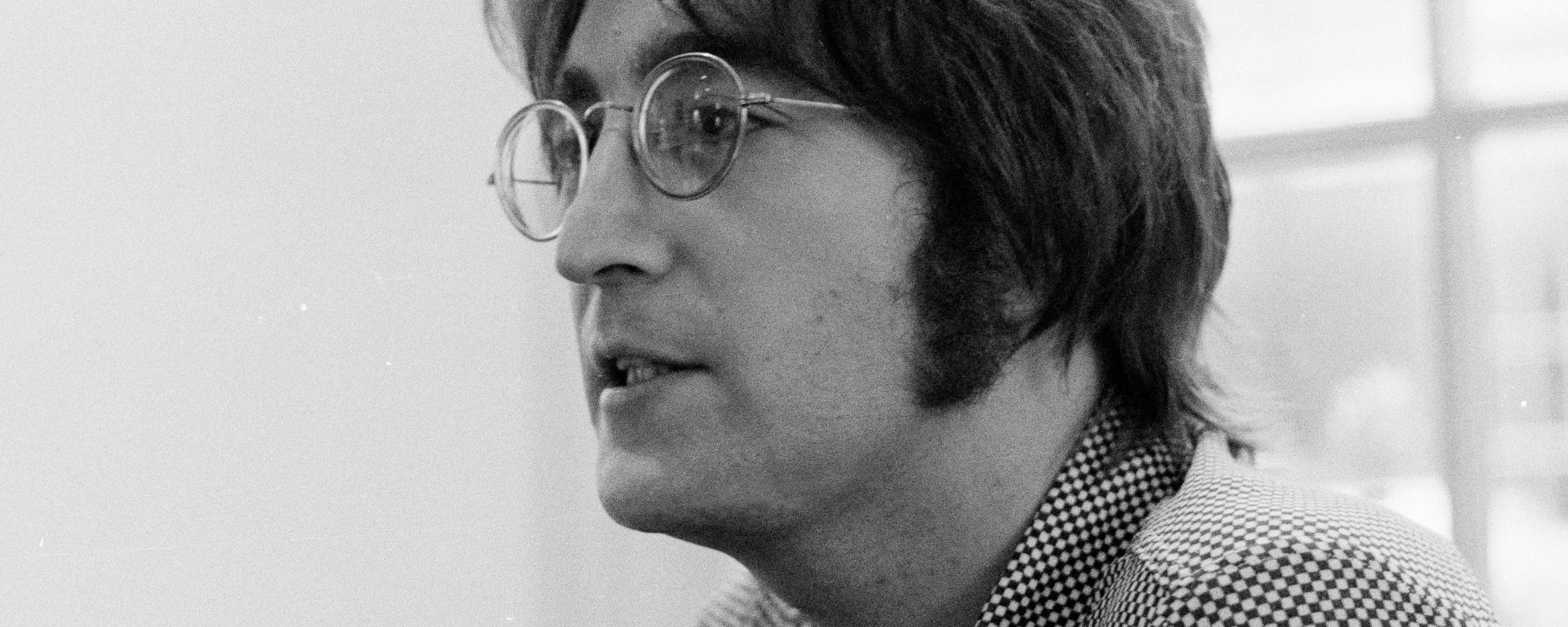
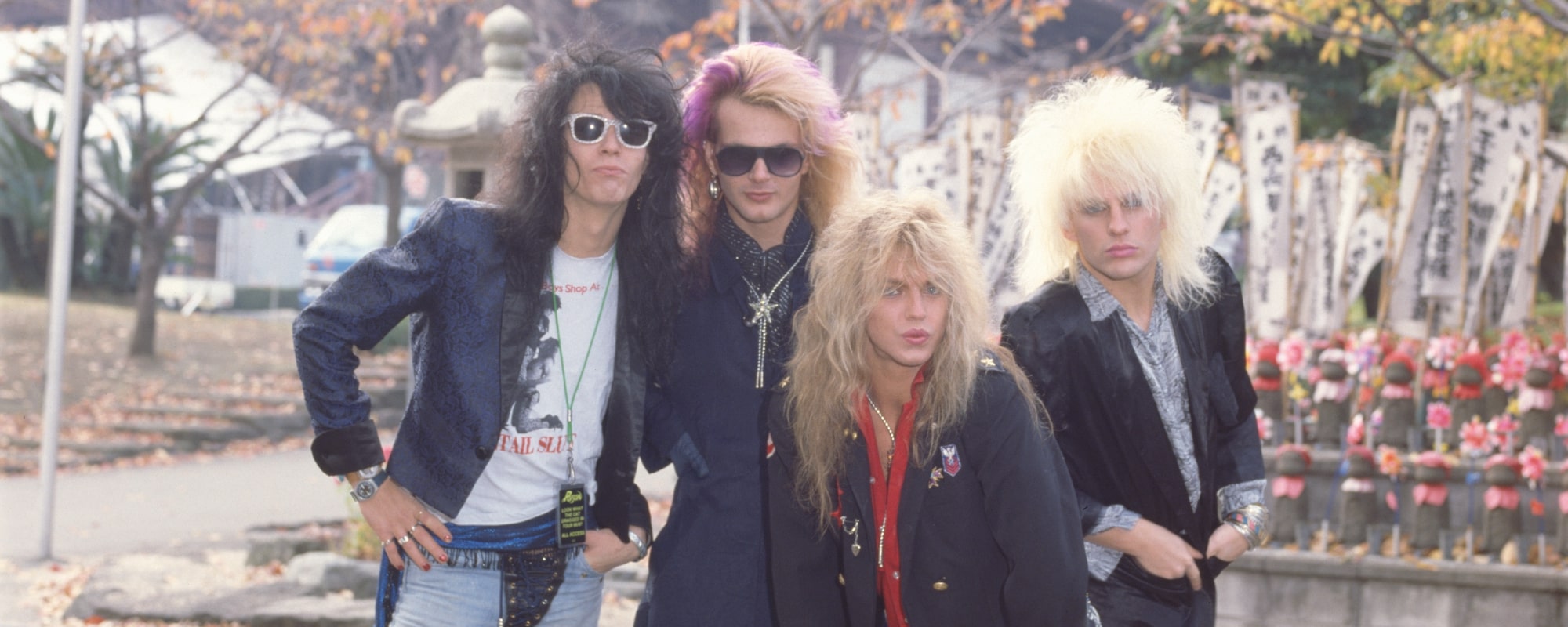
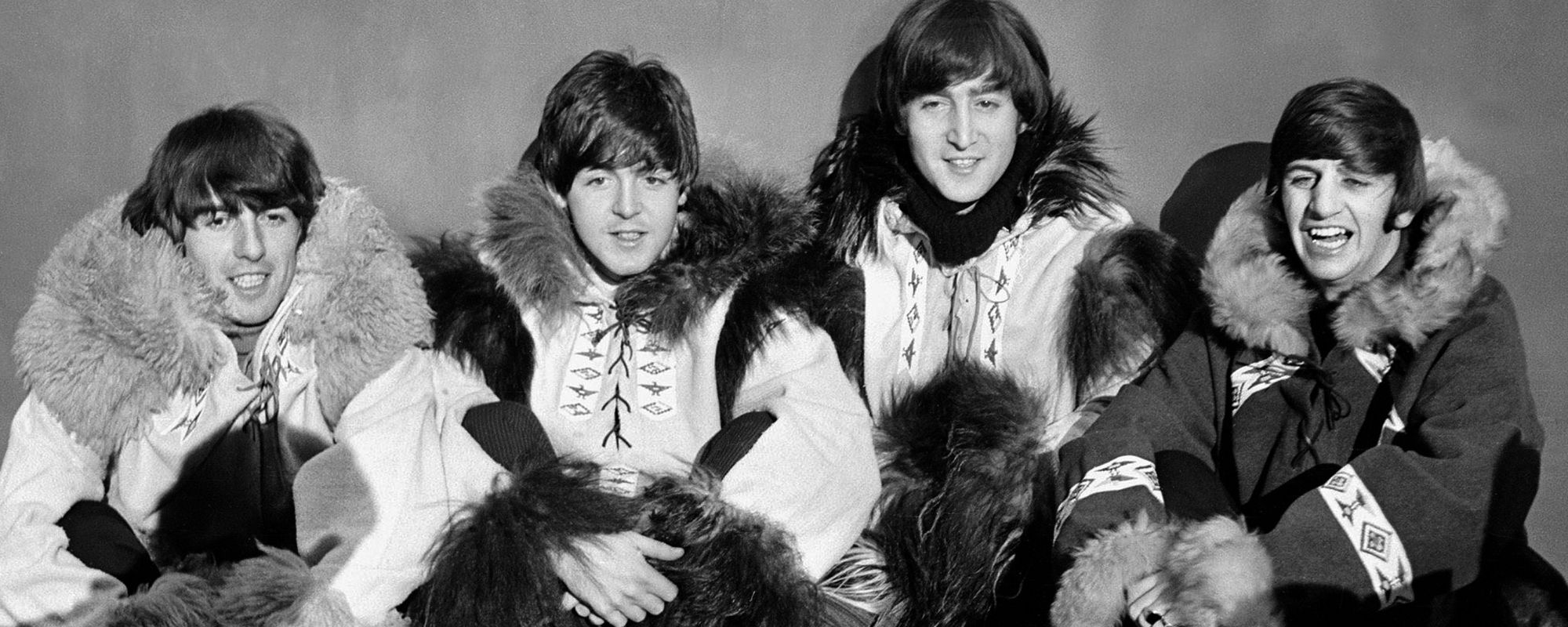
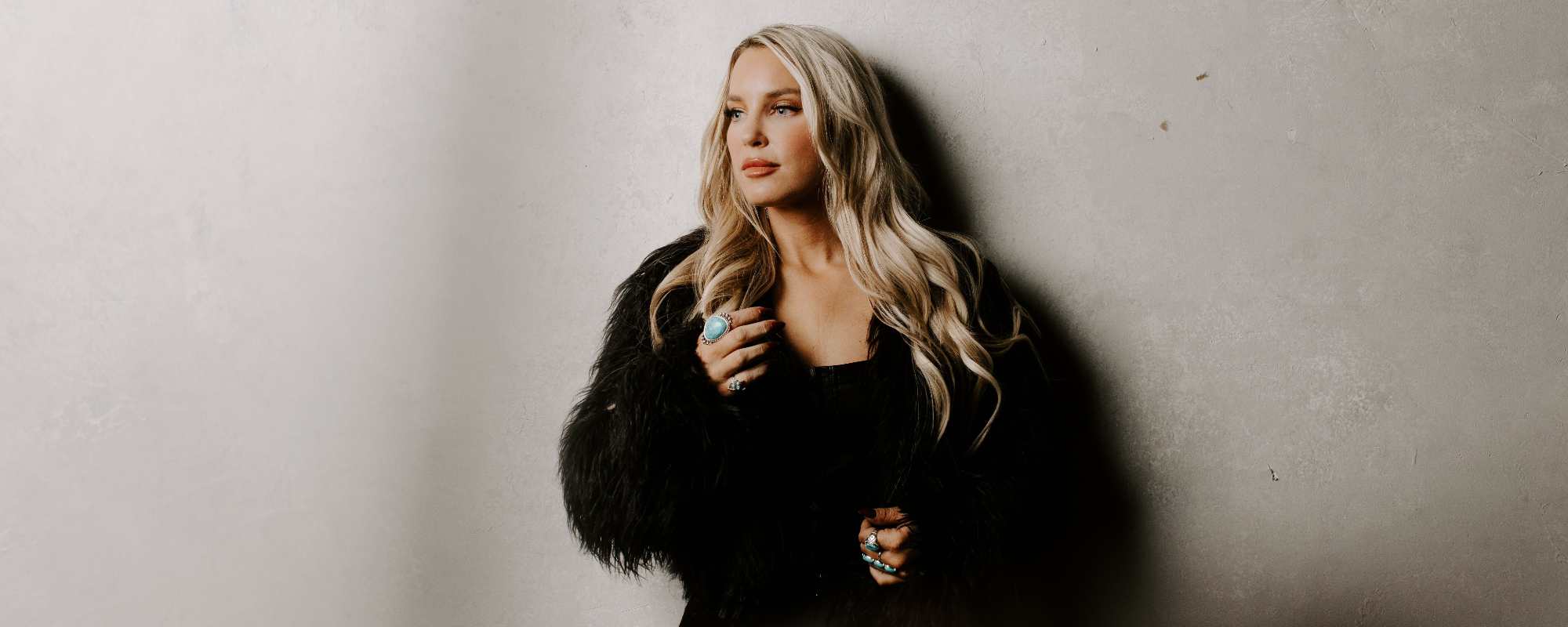
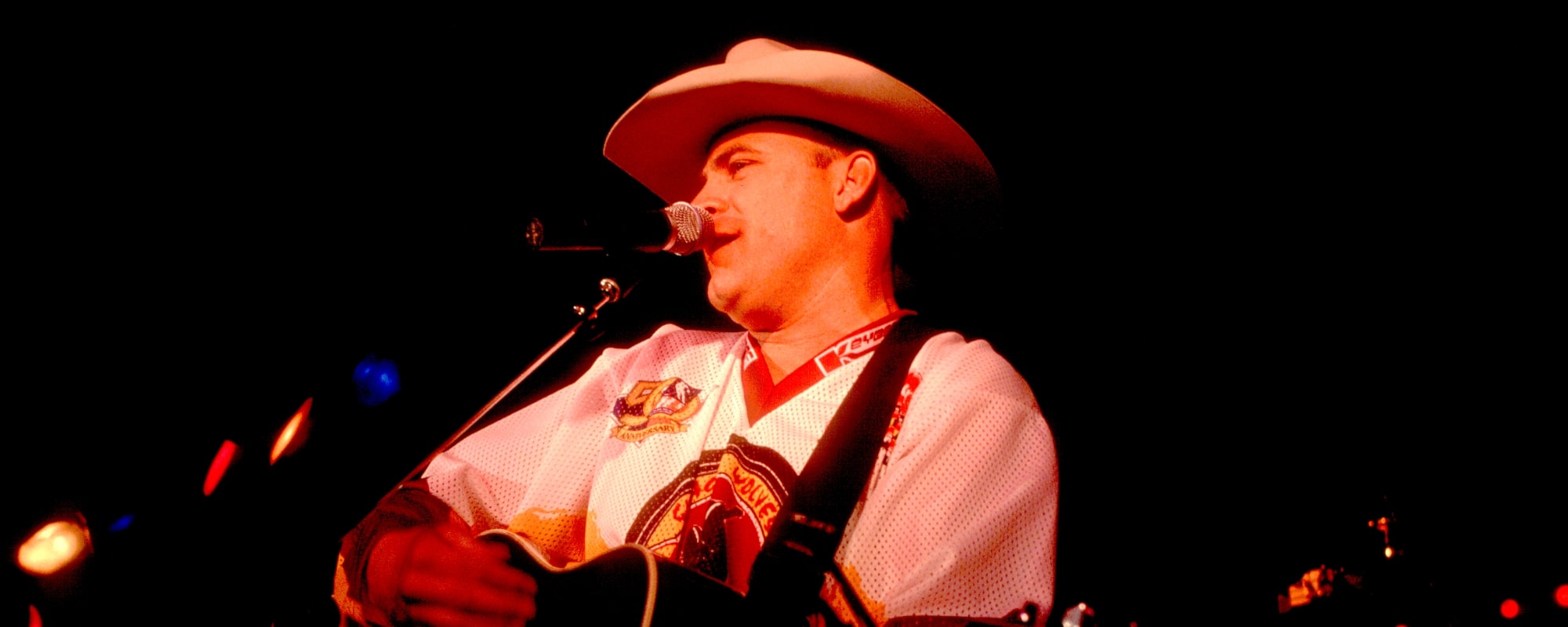
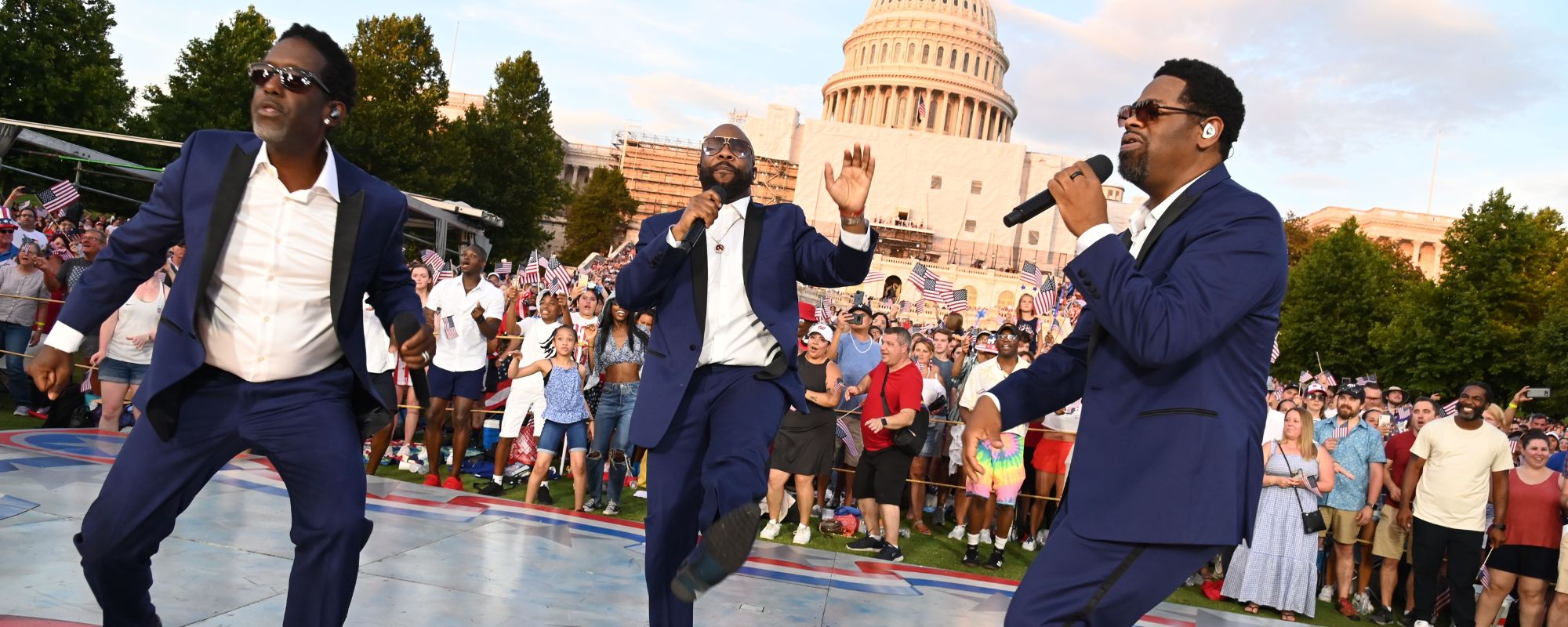
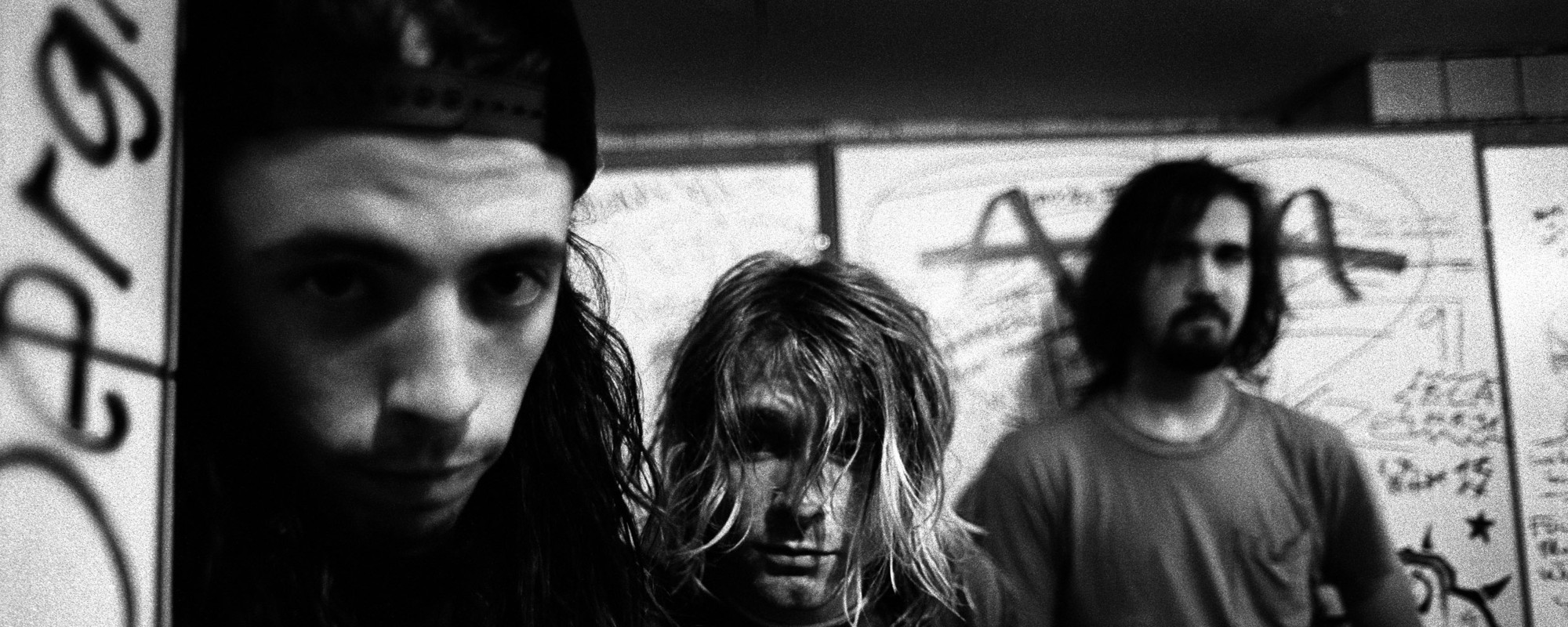


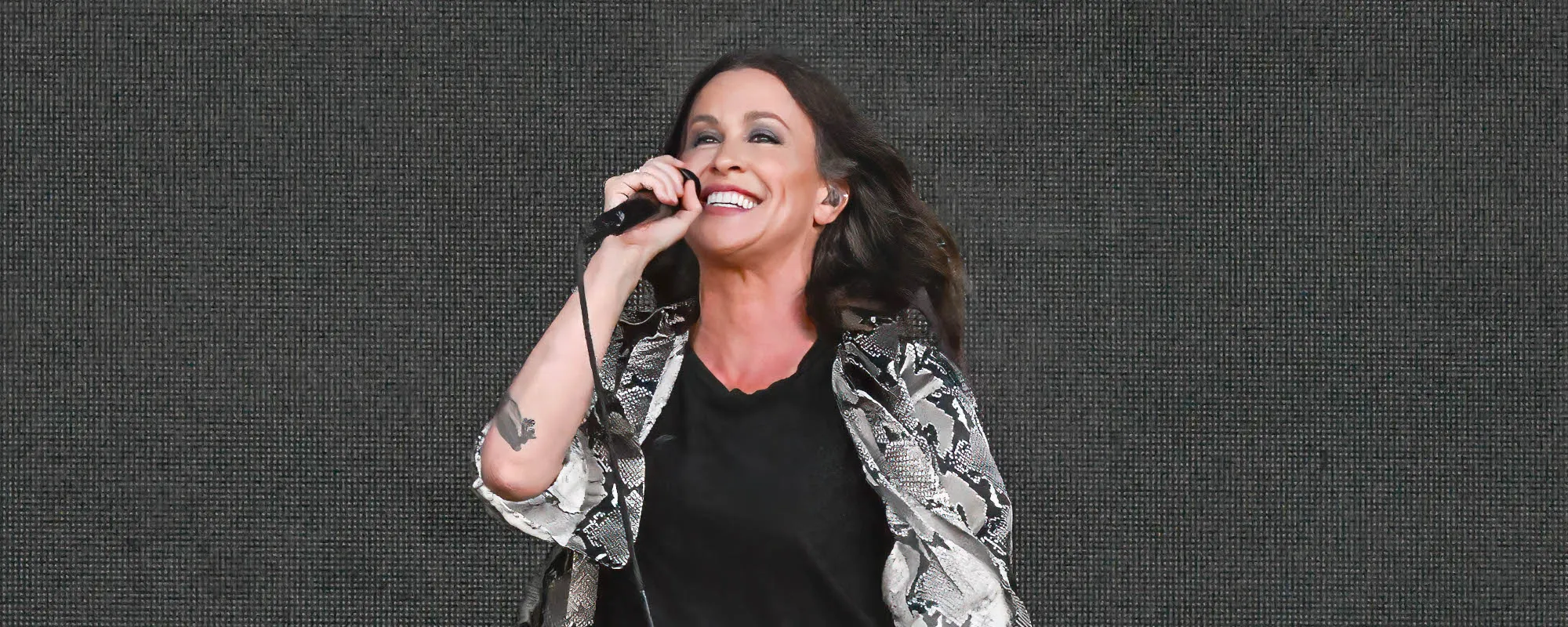
Leave a Reply
Only members can comment. Become a member. Already a member? Log in.